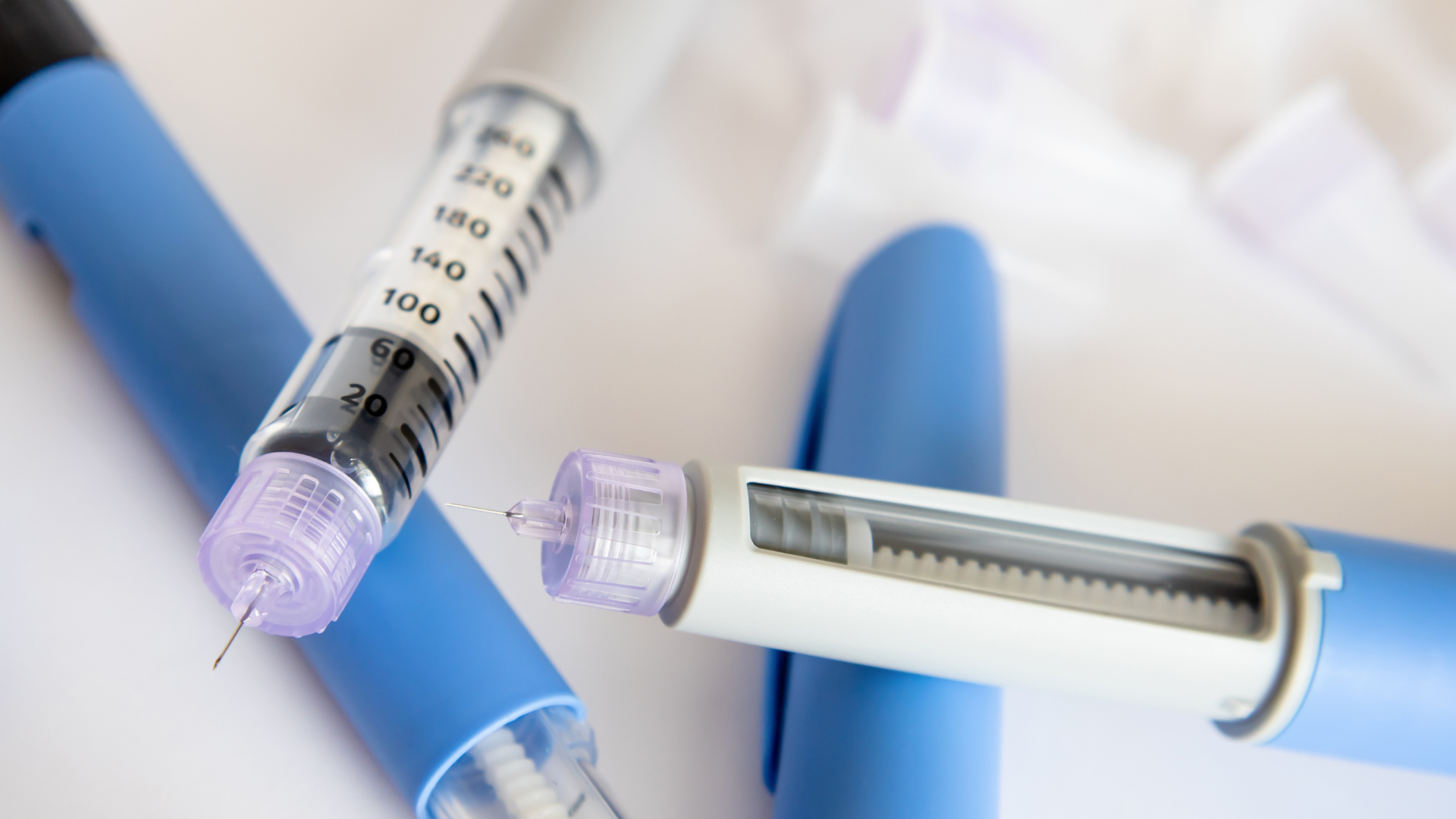6 Ways to Naturally Lower Blood Sugar
Keeping blood sugars in balance is crucial for people with diabetes. Fenugreek, apple cider vinegar, and supplements like fiber and zinc are all-natural treatments that may help lower glucose levels.
When you have diabetes, keeping your blood sugar in a healthy range is one of your most important daily goals. Getting enough exercise, eating a diet rich in nutrients, and taking medications like insulin and metformin are all effective ways to lower blood glucose.
If you’re looking to supplement your diabetes care routine, there are also lots of natural remedies available. Here are six organic methods that may help you avoid blood sugar spikes and keep glucose levels in target range.
1. Exercise often
Studies show that exercising regularly can improve blood sugar levels. That’s because when you engage in physical activity, your cells use glucose as energy to power muscles in the body.
As cells open up and take in glucose, blood sugar levels will decrease to fuel muscle activity,” explained Julie Stefanski, a registered dietician nutritionist and spokesperson for the Academy of Nutrition and Dietetics.
Physical activity can also make your body more sensitive to insulin, a hormone that regulates blood sugar levels. There are two main types of exercise:
- Aerobic exercise increases your heart rate. Examples include brisk walking, running, jumping jacks, and rowing.
- Anaerobic exercise focuses more on building muscle. Types of anaerobic exercise include sprinting, squats, and weightlifting.
Both types of exercise are helpful for managing blood sugar, with some studies showing that a combination of both works best.
2. Eat extra fiber
Fiber is a type of carbohydrate that slows down digestion and prevents blood sugar spikes. There are two main types of fiber:
- Soluble fiber forms a kind of gel in your stomach, which curbs the digestion process. This means glucose releases more slowly into the bloodstream, helping to avoid blood sugar spikes.
- Insoluble fiber passes through your stomach without being digested or broken down into sugar. Insoluble fiber aids your body in staying sensitive to insulin.
The American Heart Association recommends people eat 25-30 grams of fiber per day. You can add fiber to your diet by eating foods like:
- Whole grains (oats and bran)
- Beans
- Nuts and seeds
- Certain fruits (apples and bananas)
If you have a hard time getting enough fiber from food, you can also take supplements like psyllium and xantham gum that you can find at your local pharmacy. Studies have found that taking roughly 13 grams per day of viscous fiber supplements (like konjac, psyllium, and pectin) can help decrease A1C levels.
3. Add in apple cider vinegar
This trending type of vinegar is strong, sour, and made from fermented apple juice. It’s used in everything from sauces and salad dressings to skincare routines, and some research shows it might also assist in lowering blood sugar.
A 2021 review found that consuming one to two tablespoons of apple cider vinegar (make sure to dilute it with water, first) with meals significantly decreased people’s fasting blood sugar. Experts suggest that apple cider vinegar may work to lower blood sugar by:
- Making the body more sensitive to insulin
- Helping muscles draw more sugar out of the bloodstream
- Slowing down how quickly you digest a meal.
4. Try fenugreek
This clover-like herb and its seeds may offer several health benefits, like lowering cholesterol and blood sugar – two important health metrics for people with diabetes.
A 2023 review found that taking fenugreek may reduce A1C and post-meal blood sugar levels. Fenugreek may have an effect because the seeds contain an amino acid called 4-Hydroxyisoleucine, which stimulates the pancreas to release insulin. That said, more research is needed to investigate fenugreek as a natural diabetes management tool.
You can find fenugreek supplements in pharmacies or vitamin stores. You can also prepare your own soaking fenugreek seeds in warm water overnight, which makes them easier to chew and swallow.
5. Get enough zinc
Your pancreas naturally contains large amounts of zinc. This mineral plays many important roles in the body including:
- Encouraging beta cells in the pancreas to produce insulin
- Helping insulin receptors process insulin
- Protecting your body from losing beta cells
Some studies have shown that people with diabetes are more likely to have a zinc deficiency than those without diabetes. If you have zinc deficiency, your healthcare provider may recommend taking a daily supplement to keep your zinc levels in a healthy range and support your pancreas.
6. Consume probiotic foods
Probiotic foods contain a mixture of bacteria and yeast naturally found in the body. Eating foods rich in probiotics can boost your gut health, which is closely tied to the endocrine system.
Research has found that regularly consuming probiotics may reduce both fasting blood sugar and A1C levels, especially in people with type 2 diabetes. The study also found that probiotics may improve glucose metabolism (how fast your body processes glucose) by a modest degree.
Common probiotic foods that can be added to your diet include:
- Yogurt
- Kombucha
- Sauerkraut
- Kimchi
- Kefir
You can also take probiotic supplements, although some experts advise against taking them daily unless your doctor specifically recommends it.
The bottom line
It can be challenging to add new things to your diabetes care routine, but making small, daily changes – like getting more exercise or extra fiber – can help keep your blood sugar in check. Keep in mind that any supplements or dietary additions aren’t the same as established medical treatments for diabetes.
"The term “natural” does not necessarily mean safe,” Stefanski said. That’s because dietary supplements aren’t regulated by the FDA, so some products may not contain a sufficient amount of the ingredients advertised.
Make sure to read any product labels and always talk to a healthcare professional before adding any new dietary supplements or making changes to your diabetes treatment regimen. Some supplements can interact with medications, making them more or less effective.
Learn more about blood sugar levels and diabetes here:
- Staying in Range to Keep Your Heart Healthy
- Let’s Talk About High Blood Sugar
- How to Lower Morning Blood Sugar
Source: diaTribe Learn
By: Madeline Kennedy
Healthy Bites















